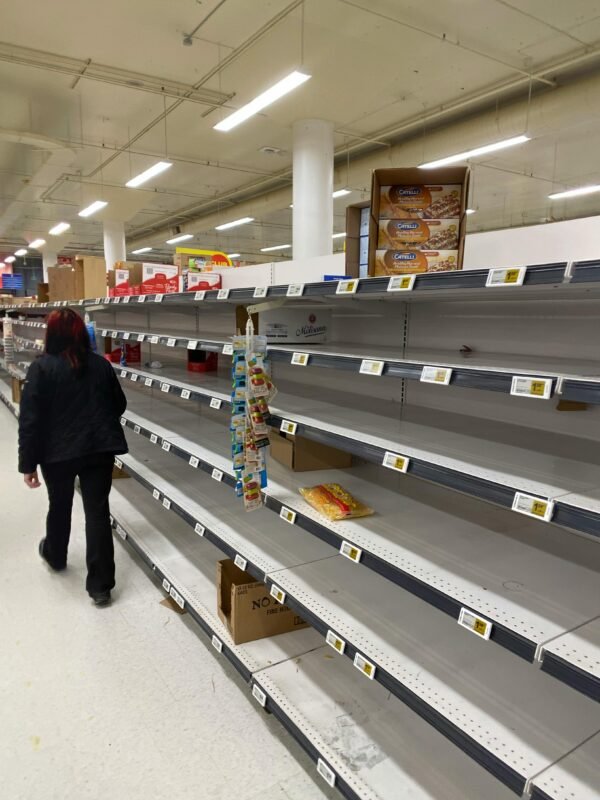
Out Of Stock: How Your Company Can Avoid Stockouts

Having a product sell out might seem like a good thing at first – it’s a sign that customers like your product. In fact, there are times when stockouts can be strategically beneficial, such as trying to get rid of a product that is nearing its expiry or a product that is no longer in season.
However, stockouts can also be missed opportunities for extra revenue. While some customers may wait for you to replenish your stock, a lot of customers will look elsewhere for their desired product – especially if it’s an item they need immediately. Discovering that a product is out of stock may even disappoint some customers so much that they complain or leave negative reviews. This is an instance where stockouts can be very damaging for your business.
How do you prevent items from going out of stock? This post offers a few tips to avoid stockouts so that you’re not turning away customers.
Track stock levels with software
In order to determine whether stock is about to run out, you need to track stock levels. Inventory management software can digitally track each product as it comes in and as it is sold to help you determine exactly how much on an item you have left. You can even set alerts to tell you when a product is running low.
Set reorder points
Knowing when to reorder stock involves setting a reorder point – when there is a certain quantity of an item left, you can trigger an alert to tell you to reorder. This reorder point should be large enough that you have enough time to replenish stock before you completely run out. Using some software, it may even be possible to automate orders of stock once they reach their reorder point, so that you don’t have to manually place orders.
Consider seasonality
Some products like barbecues and skis are likely to see a boom in sales during certain periods of the year. It’s important that you’re ready for these periods – be prepared to order in more stock and replenish stock more quickly to keep up with the orders. Consider how certain events like Xmas, Mother’s Day or Valentine’s Day may also boost sales for certain items. Paying attention to weather reports may also help you to prepare for increases in sales for items like ice cream or car de-icer.
Reflect on past sales data
Past sales data can help you identify instances when sales of certain items skyrocketed. Consider whether there are certain times of the year, times of the month or even times of the week when certain products sell well. Using past sales data, you may even be able to find other patterns such as certain products selling well when you pour money into certain marketing strategies or when certain staff are on shift.
Monitor customer trends
Staying on top of customer trends can help to determine when a product is likely to see an increase in sales. Look at what products your biggest competitors are starting to sell and pay attention to which products influencers are discussing – this can allow you to predict surges in sales before they happen.













































